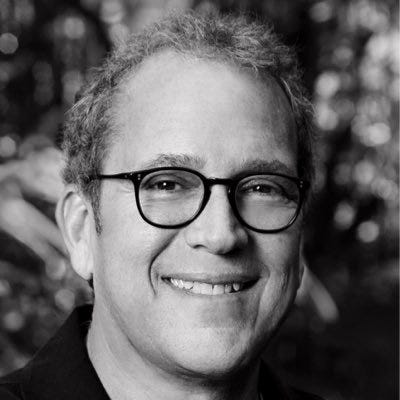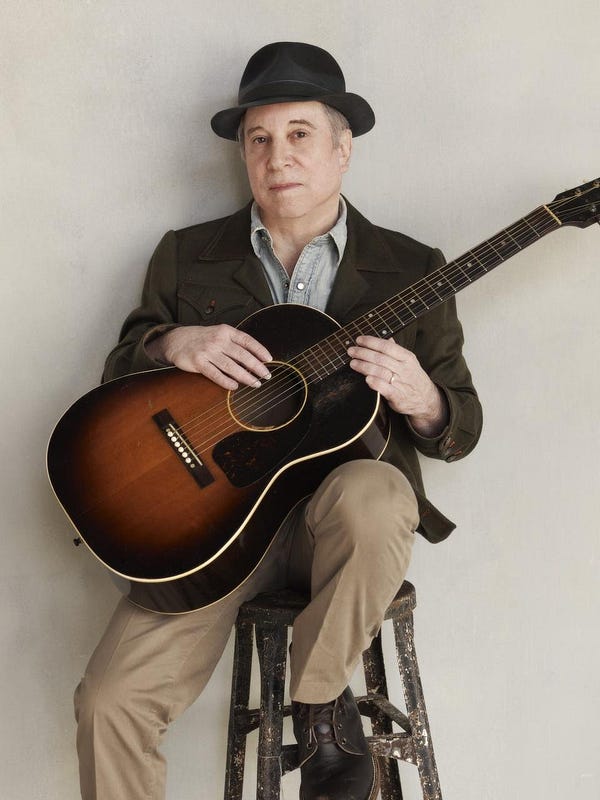Fallen Superstars Given A Promise Of Life After Death
As fans of recently deceased artists such as Prince, Bowie, and many others, are forced to confront their favorite musicians' mortality, some innovators within the music industry are working to find ways in which these artists' legacies can live on.
_________________________________
Guest post by Roy Trakin, this first appeared on Medium
The obituaries of last 15 months have been an unfortunate harbinger of what to expect in music in the next decade or so, starting with the death of King of the Blues B.B. King, then heavy metal god Lemmy Kilmister, R&B diva Natalie Cole, country/rock pioneer Glenn Frey, soul legend Maurice White, country icon Merle Haggard, and a 57-year-old Prince, among others. As Pete Townshend, who once declared, “Hope I die before I get old,” might put it, “Who’s next?”
Perhaps history’s first shocking “rock star” fatality was that of country pioneer Hank Williams, who suffered a heart attack in the back seat of his Cadillac at age 29 in the early hours of Jan. 1, 1953, while being driven to his next gig. The news sent sales of Williams’ final single, the ironically titled “I’ll Never Get Out Of This World Alive,” to No. 1 on Billboard’s Country Singles chart less than a week later.
Some 63 years later, on Jan. 10, 2016, David Bowie died after a lengthy bout with cancer that had been kept from all but his closest family members and friends, just two days after the release of his new album, Blackstar. On Jan. 7, a mere 24 hours before the album’s release, Bowie debuted the appearance of the eerie, fatalistic music video for “Lazarus,” which made clear the chameleon performer was readying to shuffle off not just his latest guise, but the mortal coil itself. Like Williams, Bowie’s death spurred his own first-ever chart- topping album, and unleashed a torrent of tributes and memorials to the fallen glam icon.
Similarly, Lou Reed (on his 1992 meditation on death, Magic And Loss), Warren Zevon (with his final album, The Wind, which contained a version of Bob Dylan’s “Knockin’ On Heaven’s Door”) and Johnny Cash (who covered standards such as “Ain’t No Grave” and “Can’t Help But Wonder Where I’m Bound” on his posthumous Rick Rubin-produced American VI: Ain’t No Grave) all released albums in their later years that pondered imminent mortality. Listening to these songs, knowing their creators are no longer with us, gives the odd sensation of hearing them speak from beyond the grave — a final parting gift, keeping their spirits, if not their corporeal beings, alive for subsequent generations.
With the specter of this fall’s Desert Trip — dubbed “Oldchella” by cynics — the true last waltz for boomers has resulted in reported $14 million paydays for Dylan, Paul McCartney, the Rolling Stones, Neil Young, the Who, and Roger Waters, with a pair of sold-out three-day October weekends in Indio, CA, offering a pilgrimage to Mecca and perhaps a final farewell to rock’s halcyon heyday.
There are many factors at work that impact this seeming parade of passing icons — from the inevitable aging of the audience that grew up on rock and roll and its media-spawned personalities to today’s proliferation of internet coverage spreading the word — but the sobering bottom line is the next decade or so will exhibit more of the same, both expected and surprising.
For the massive recording and live concert industries, which have been built on the back of these all-too-mortal stars and the legacies (not to mention the music) they leave behind, is there life after death?
Jeff Jampol’s JAM Inc. has forged a successful business handling the estates of deceased artists, including pioneers such as Muddy Waters, Otis Redding, the Doors, Janis Joplin, Peter Tosh, Rick James, Kurt Cobain and the Ramones. In Jampol’s world, brands will always outlive bands, just as John Branca and John McClain have managed to turn the Michael Jackson estate into a lucrative property by maximizing assets, including selling its share of Sony/ATV Music Publishing for $750 million earlier this year, with estimates of its post-death earnings at $2 billion.

Jeff Jampol
For Jampol, preserving these legacies for future generations is his primary goal. “Who knew rock and roll would even last long enough to create estates?” he asks. “The younger audience is who we’re after, and not just their ears, but their eyes, hearts, minds, and souls. That’s why I want to expose my clients’ art and brand to them in a way that’s authentic and credible.”
Reacting to the void in the concert business created by the potential death of some of its most lucrative attractions, industry veteran Abbey Konowitch, who has worked his marketing magic at Arista Records, MTV, Maverick Records, and Disney, has developed, with GRAMMY-winning producer Rob Cavallo, among others, a concept dubbed RockmaniaLive! The live event offers state-of-the-art theatrical recreations of classic rock albums by a band with a symphony orchestra, resulting in a combination of Cirque du Soleil, the Boston Pops and the Fab Faux.
“Albums like Houses Of The Holy, The Dark Side Of The Moon and Goodbye Yellow Brick Road have become global cultural brands, have built the largest touring business in history, have generated billions of dollars in merchandise, ticket and album sales,” says Konowitch. “[RockmaniaLive!] is an opportunity for classic rock fans to continue to experience the ‘soundtrack of their lives’ and share it with their whole family in a unique, multimedia way.”
But not all legacy artists are whistling past their graves, nor are they mourning the past. In his March 2014 article “Stay Forever Young: Deconstructing The Rock Star Myth,” Psychology Today’s Dr. Michael Friedman wrote: “Far from life being over at 30, aging rockers are having an absolute blast into their 40s, 50s, 60s, and even 70s, finding ongoing success in their music.”
Some artists, such as 74-year-old Paul Simon, are arguably producing their best work at this advanced age. The GRAMMY winner’s new album, Stranger To Stranger, has more than its fair share of meditations on mortality: “The fact is most obits are mixed reviews,” he sings in “The Werewolf,” a song about a mythical angel of death. (“Life is a lottery/A lot of people lose.”)

Paul Simon | photo: Mark Seliger
The fact is old age can also bring hard-earned wisdom — not to mention Simon’s way of incorporating elements of Brazilian, Afro-pop, folk, reggae, and experimental percussive and rhythmic elements from his entire career to bear in his latest.
“I do think about retirement,” Simon confessed to Rolling Stone. “But I just don’t know. Philip Glass is one of my role models and he just keeps going. He said to me, ‘If you don’t do it, who will write a Paul Simon song?’”
“These guys were my heroes,” concludes Jampol, who recalled his own spiritual awakening seeing Bowie perform at the Santa Monica Civic Auditorium in 1972 as a “short, nonathletic Jewish weirdo… When he sang, ‘You’re not alone,’ in ‘Rock ’N’ Roll Suicide,’ I immediately felt part of this community of outsiders. I cried for three days when he died,” says Jampol.
“My goal was to create something that helps preserve and make contemporary this art, these messages, that connection. Individuals may come and go, but the legacy, the passion, lives on.”
If the death of legacy music icons is cause to ponder our own short time on earth, the acknowledgement that rock and roll will never die is also, somehow, a comfort.